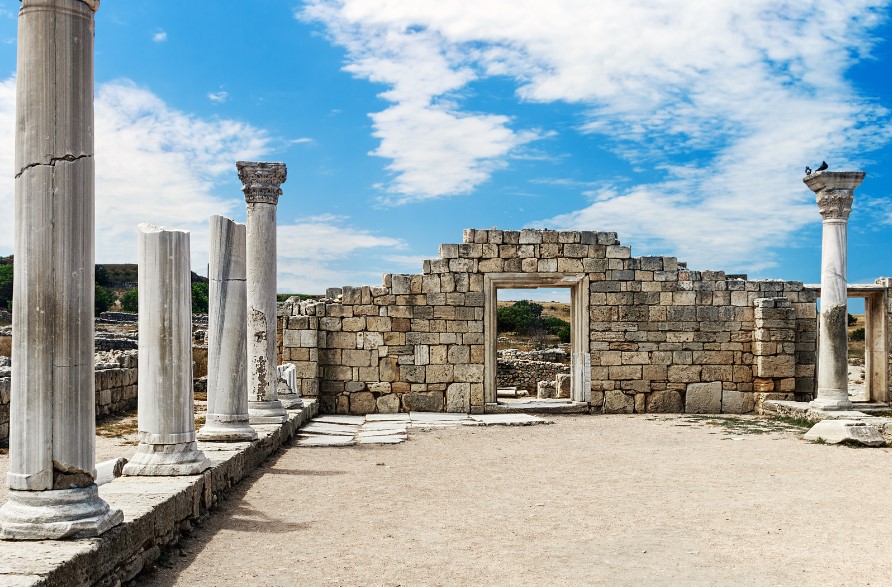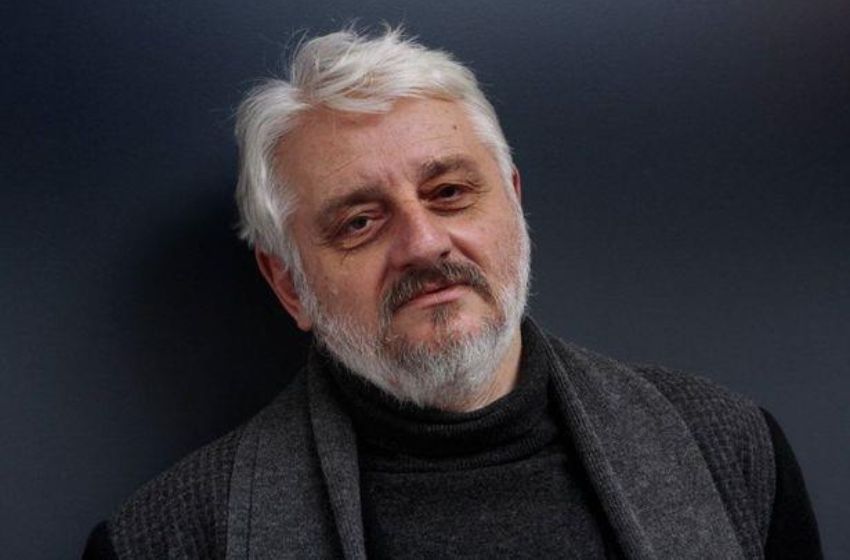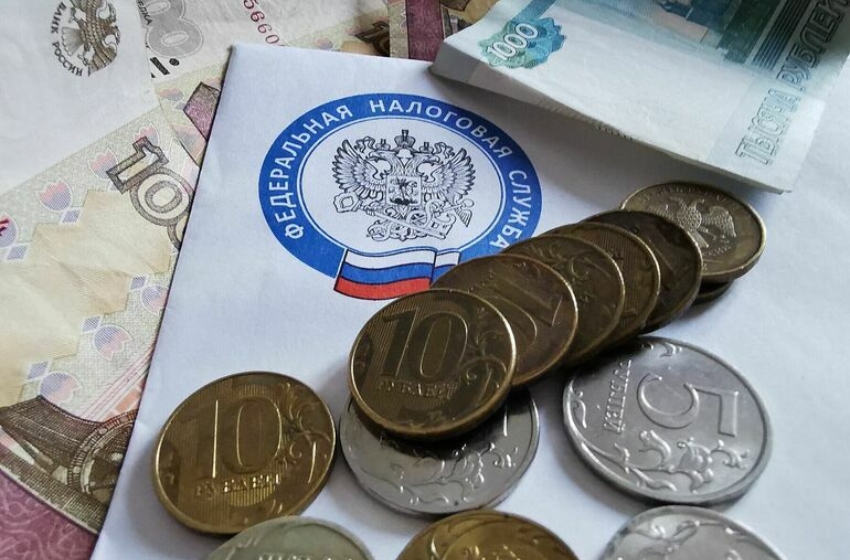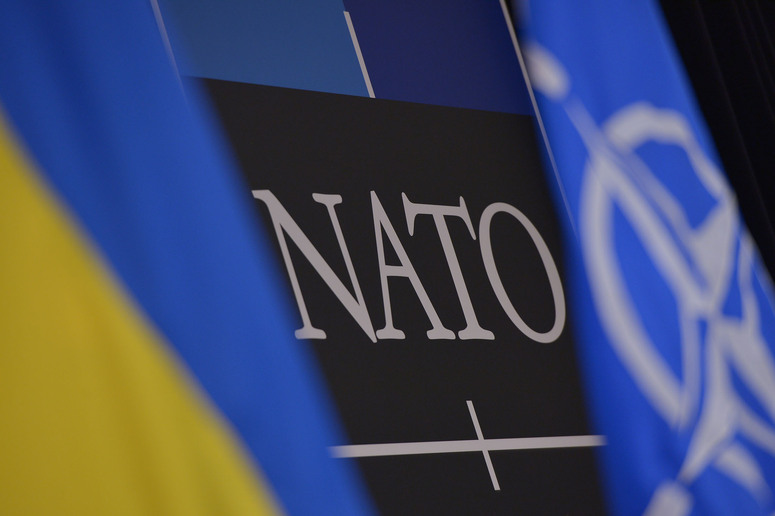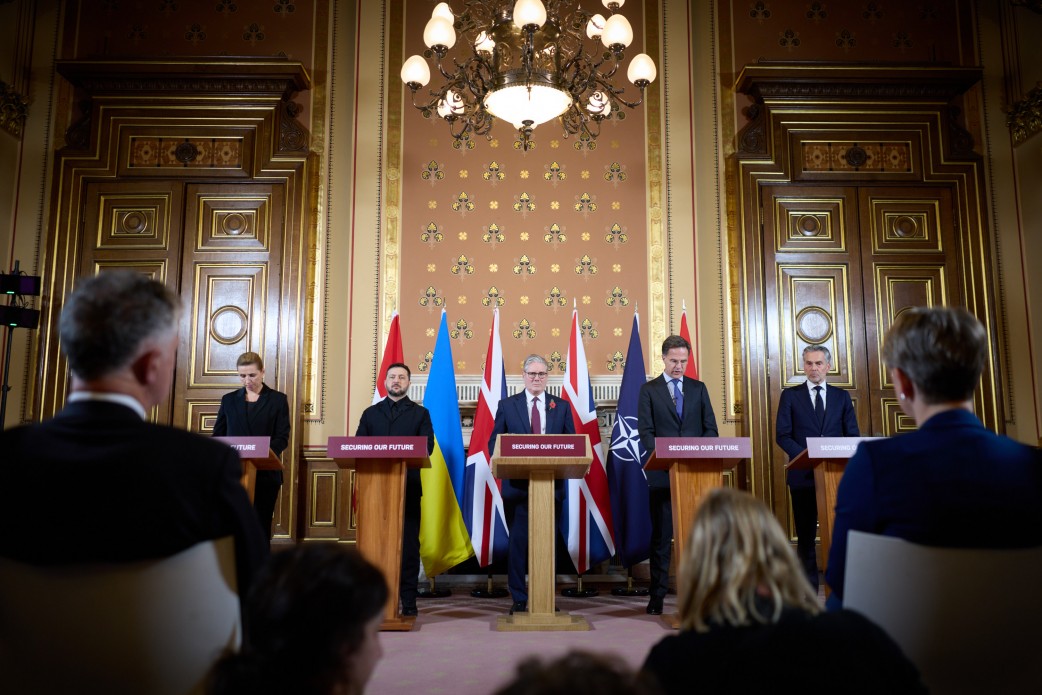Russian archaeologists and developers completely destroyed the authentic monument of global significance in Crimea – Chersonesus Taurica. In its place, they constructed a new open-air theater. Some archaeological findings were transported to museums in Russia.
Senior researcher Evelina Kravchenko of the Institute of Archaeology of the National Academy of Sciences of Ukraine revealed this information at the III International Forum of the Expert Network of the Crimean Platform.
According to the researcher, Russians are substituting original monuments with new constructions, thereby destroying their authenticity.
"Negative processes are currently ongoing with the sole monument of global significance that we managed to nominate and include in the list of monuments in Crimea – Chersonesus Taurica."
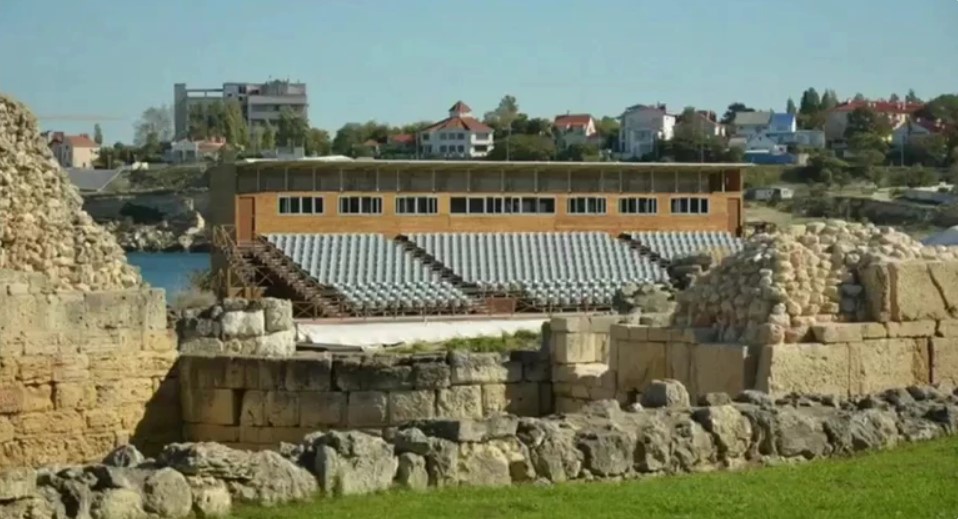
In 2015-2016, developers obstructed archaeological remains on the surface with observation platforms: towers, walls, and columns. Later, they erected an ancient open-air theater on the site of the ancient citadel, which imposes a load of approximately one ton on the original structure. A significant portion of the discovered artifacts was exported to museums in Russia, including frescoes, pottery, household items, and icons. Subsequently, construction began on the archaeological park "New Chersonesus" at the site of the necropolis remains.
"The Russians ignored the geological situation at this site and started digging with ordinary excavators. Somehow, they dug up an ancient spring, which flooded everything," Evelina Kravchenko explained.
Currently, a new city has practically been built on the site of archaeological remains. The archaeological park overlaps with old discoveries, and several excavated objects have gradually been relocated and reconstructed elsewhere. In place of the ancient settlement, the Russians erected the Cathedral of St. Vladimir, which is subordinate to and consecrated by the Moscow Patriarchate.
_1719482974.jpg/UdZrkuX9yiNXQy2qL5SNKiFwJ4613jgeyM2vX1oN.jpg)
Historical Significance of Chersonesus Taurica
Chersonesus Taurica is a unique historical monument from ancient times. Research of this site has revealed the organizational and planning system of that era. The city's layout was designed by architect Hippodamus, based on a grid of intersecting longitudinal and transverse streets that form blocks.
It is the only monument in Crimea of global significance.
Chersonesus was a democratic state that attracted philosophers, scholars, and researchers. It also held important trading positions on the Black Sea.
During the Byzantine Empire, it remained a significant administrative and trade center, becoming one of the main centers of Christianity in southern Crimea.
Since the early 2000s until the occupation of the Crimean Peninsula, Ukrainian researchers proposed creating an archaeological park to preserve not only individual sections of the polis but the entire area.









